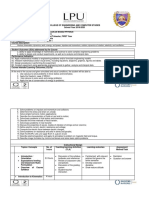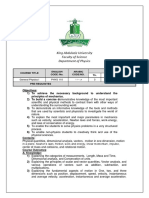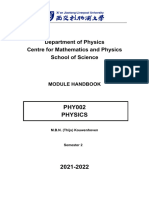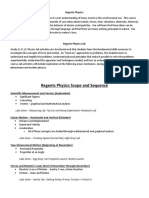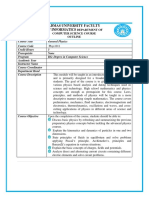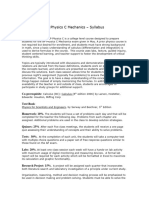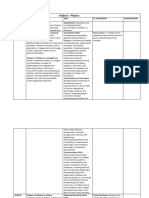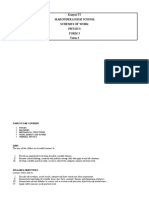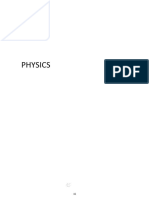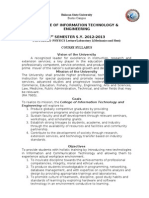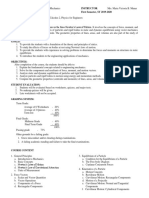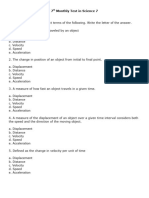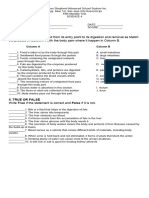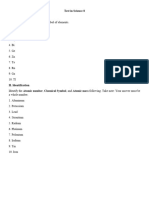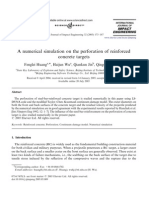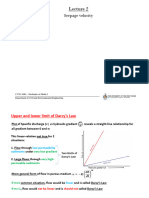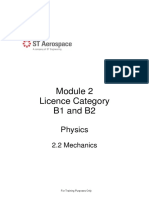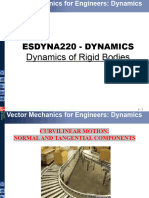0% found this document useful (0 votes)
40 views10 pagesSHS GenPhysics Syllabus
The document outlines the syllabus for General Physics at Bettbien High School for the school year 2025-2026, covering topics such as mechanics, thermodynamics, electricity, magnetism, and optics. It details the course objectives, essential questions for each topic, and the grading system, which includes quizzes, performance tasks, and quarterly exams. Required materials for both face-to-face and online learning are also specified.
Uploaded by
Jam AstreroCopyright
© © All Rights Reserved
We take content rights seriously. If you suspect this is your content, claim it here.
Available Formats
Download as DOCX, PDF, TXT or read online on Scribd
0% found this document useful (0 votes)
40 views10 pagesSHS GenPhysics Syllabus
The document outlines the syllabus for General Physics at Bettbien High School for the school year 2025-2026, covering topics such as mechanics, thermodynamics, electricity, magnetism, and optics. It details the course objectives, essential questions for each topic, and the grading system, which includes quizzes, performance tasks, and quarterly exams. Required materials for both face-to-face and online learning are also specified.
Uploaded by
Jam AstreroCopyright
© © All Rights Reserved
We take content rights seriously. If you suspect this is your content, claim it here.
Available Formats
Download as DOCX, PDF, TXT or read online on Scribd
/ 10


